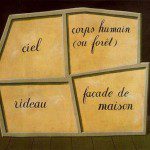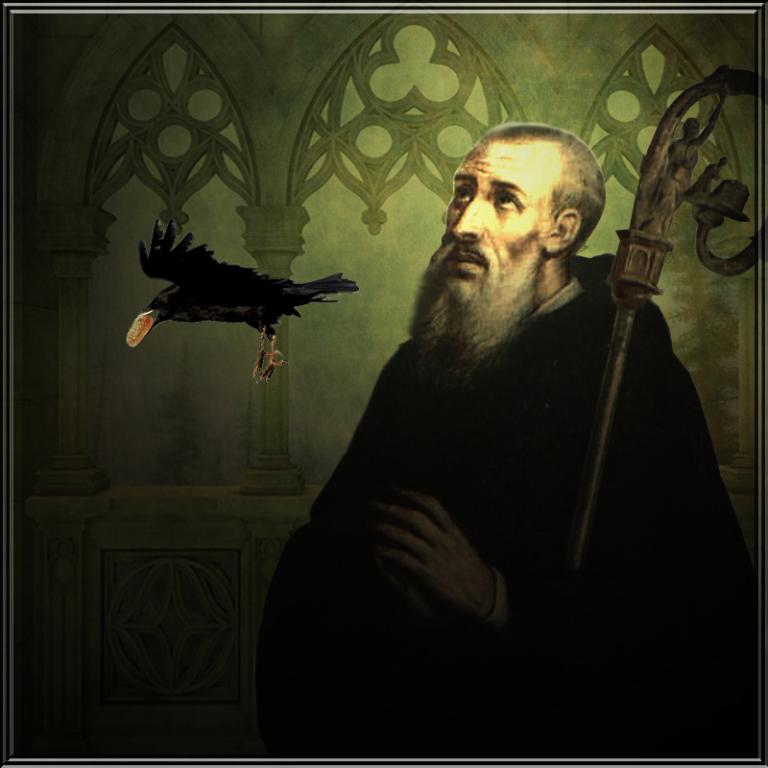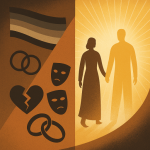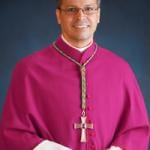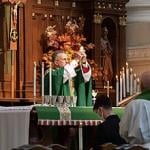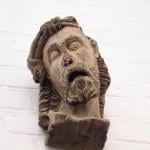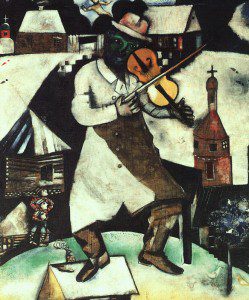
I’ve been thinking a lot about the nature of time. And history. And truth. Most of all, I’ve been thinking about tradition. Tradition is where most of my recent work has centered and it is therefore a recurring theme when I look at almost anything. My fixation tends to be on tradition as a kind of “memory” or “remembering,” and I do this for various reasons, mainly relating to the kinds of questions I’m asking. I want to know about tradition’s consistency and plasticity – that strange dual quality unique to tradition – through time, and, as Augustine noted long ago, memory is one of the primary ways that we become aware of time. A simpler way to think of it is this: what on earth does it mean for Catholicism to be historical? To be in history and subject to history?
Most options so far tend to be reductive in one of two ways: reducing tradition to truth or reducing it to history. Here I borrow from Maurice Blondel‘s thought. Both options are bad, Blondel insists in History and Dogma, because the first leads to an incoherent fideism and the second leads to an equally incoherent “determinism.” By this latter word, Blondel means the idea that what happened in history had to have happened that way simply because it happened that way. Determinism is incoherent in several respects, one of which is that nothing about history tells us that it has to have happened the that way it did. Saying that a thing happened is not the same as saying that it must have happened.
And why would we care? At least in part because faith comes to us through history. The supernatural gift transcends time, of course, but it is given to us in the midst of our own history and as a part of a community with a shared history. This community, the Church, has ways of speaking and acting that are firmly rooted in the mess that is human history. Indeed, God himself enters human history.
Which is awesome. And terrifying, because it makes Christianity incredibly complex.
A couple of months ago, I was in a big meeting about Catholic colleges and their missions. We discussed what we considered “necessary” to these missions, those things that we could not do without. At one point, we struggled with what to consider a part of a specifically Catholic inheritance. (This is a struggle on all Catholic college campuses.) Another faculty member pointed out that the Catholic Church has looked like vastly different things over its two thousand years.
The professor then insisted that we could not, therefore, define “Catholic” or “Catholic Church.”
I was…unconvinced…by this logic, we’ll say. My position was not, however, completely against every statement. It is true that the Catholic Church has looked vastly different over time. Very much so. And yet the very fact that I can write that sentence and make sense of it means that there is a single form that I can see consistently and therefore call “different.” How, after all, can I say that this thing in this century is the Catholic Church, and that this very different thing much later is also the Catholic Church without them both being the Catholic Church somehow? Or else I have two Catholic Churches, which is possible. But then I’d have to explain when one ceased to be the other, which creates a historical problem that does not seem to actually appear in history.
It’s an open question whether the Christians of the earliest centuries would recognize the Church of many centuries after, but I’m also not sure that’s a good question. I do not know if it is self-coherent to make whether the past would recognize its future a condition of the future’s authenticity or consistency. I don’t know if that makes any more sense than it would to ask my child-self if she recognizes my adult self, and making that a condition for whether I am me. It makes history weirdly impermeable and contextless, judged only by a specific point in time, when the whole point of history is change and context.
Here in part I’m attempting to be more consistent in my “post-modernity” (hyper-modernity?) than the postmoderns. So if I am to take history seriously as a disruption of meaning (change), I also have to take it seriously as a mediator of meaning (consistency). The one does not make sense without the other. Disruption of what, after all?
Moreover, isn’t disruption meaning too?
I definitely want to be serious about history as change, disruption, and destabilization. I want to be serious when I say that Christian faith participates in exactly that. I am so serious about this that it means thinking it all the way through rather than halting at history as “what happened” and “what changed.” (Which is itself an odd conflation of time and history, but anyway. I need to focus.)
Blondel forwards the idea of tradition as the mediation between truth and history. That is, one of the major forms of Catholic self-understanding over time occupies a “suspension” of sorts – I’m borrowing from Erich Przywara now – persisting between truth and history. Tradition is neither truth nor history, but it mediates the two. A non-identical inverse relation is also true: neither truth nor history are tradition, but tradition is the mediation of the two. (Non-identically inverse because I can’t say “mediation of the two is tradition,” because that’s not necessarily the case. Przywara has a lot of these asymmetrical relations as well, and I am basically mimicking what he taught me in different key.)
If tradition is a suspension of some kind – and who knows whether I’ll be pleased with this word tomorrow – then that means it is capable of being both flexible and inflexible. In fact, to be itself, it must be both. Tradition, particularly because it is verbal (it is an action, a “handing over”), is a between that spans subject and object, truth and history. (I did something deliberately weird there. Oh my God, I need to stop meta-commenting.)
Again. Who cares?
If any of this is true, it means that the typical ways we talk about the past and the present – and the future – don’t work very well. That is, they don’t do much work for theology. (We’re all wrong! Yay!) Think of it this way: in some respects, the concept of time underneath what I am suggesting is a turn toward a “Gregory of Nyssa-ish” Augustine. (I might hate that phrase tomorrow.) This would be, yes, a turn to the past. But it is also not a turn to the past. It couldn’t be called a turn to the past. Not because it isn’t historical – wrong question – but because pastness doesn’t work like that. Not in tradition.
In other words, impasses that force theologians into a choice between the past and the present are false dilemmas. Flawed assumptions lead us into unreal – or I might mean incoherent, or both – dilemmas. And, perhaps oddly, it is the past that arrives to show us a way forward in the present – by being present.
In tradition.
Probably.
Alright, I’m climbing off this limb now.
—
**all above is the pure speculation of a simple theologian, and in no way a description of Catholic doctrine

